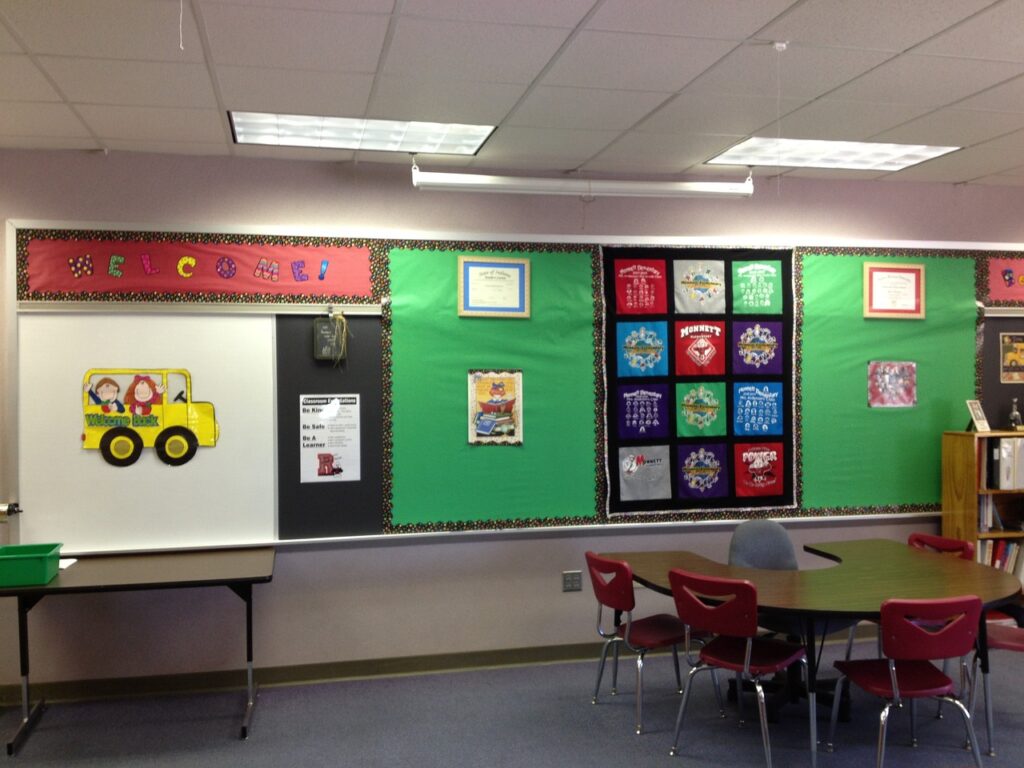In educational development, “emotional intelligence” has risen to prominence, heralded as a critical foundation for a child’s success, often surpassing academic prowess in importance. This recognition has catalyzed a paradigm shift, directing attention towards the emotional aspects of the student-teacher dynamic. Effective communication lies at the heart of this relationship, giving educators and parents a powerful tool to nurture emotional intelligence in children.
Understanding the Basics of Emotional Intelligence
Before we explore communication strategies, it’s fundamental to comprehend what emotional intelligence entails. Emotional intelligence, or EQ, refers to the ability to recognize, understand, and manage one’s own emotions, as well as the capability to perceive and respond to the feelings of others. It’s a multifaceted construct, encompassing self-awareness, emotional regulation, empathy, and social skills.
Why does emotional intelligence matter in education? The answer lies in its proven impact on learning, personal development, and social interaction. Children with higher levels of emotional intelligence are more adept at managing stress, relating to their peers, and making responsible decisions.
The Impact of Teacher-Child Communication on Emotional Intelligence
The classroom environment shapes a child’s emotional intelligence, with teacher-student communication as the primary conduit. The communication patterns that teachers model directly influence how students understand and express their emotions. Educators set the stage for emotional growth or stagnation through language, tone, and feedback.
In classrooms where teachers exhibit respect, empathy, and patience, students are more likely to develop a secure emotional base, leading to increased self-esteem and better academic performance. Conversely, negative communication—as in harsh criticism or dismissive remarks—can hinder the development of emotional intelligence, sometimes leading to behavioural issues and learning obstacles.
Real-life examples abound of how effective teacher-child communication can transform students’ lives. A teacher who takes the time to listen, validate emotions, and offer constructive support can unlock a child’s potential, fostering an environment where emotional growth thrives.

Strategies for Enhancing Teacher-Child Communication
Enhancing teacher-child communication does not demand a complete overhaul of existing practices. It necessitates an intentional focus on several key strategies that can be integrated into daily classroom interactions.
Active Listening
Active listening involves hearing the words a child says and empathically understanding the feelings and thoughts underpinning their communication. Teachers can be attentive and supportive by nodding, maintaining eye contact, and summarizing what a student has shared. This simple act can elevate a child’s sense of being heard and understood, which is fundamental for developing emotional intelligence.
Non-verbal Communication Cues
Communication isn’t solely what we say—it’s also how we say it. A significant proportion of our message is conveyed through body language, facial expressions, and tone of voice. Clear and consistent non-verbal communication from teachers can help create a safe and open space for students to express themselves.
Encouraging Open Dialogue
An environment that encourages open dialogue, where students feel safe to share their thoughts and feelings without fear of judgment, is fertile ground for emotional development. Implementing regular class meetings, one-on-one check-ins, or using a ‘feelings chart’ ensures that communication channels remain accessible and that emotional exploration is a valued aspect of the classroom experience.
Practical Tools and Techniques for Teachers and Parents
Deploying practical tools and techniques can make the abstract concept of emotional intelligence more tangible and actionable for educators and parents alike.
Communication Games and Activities
Inciting scenarios for children to practice different communication styles can be through role-playing, storytelling, or cooperative games. These activities offer a structured way to explore and understand various emotional responses and their impacts on relationships while making learning enjoyable and interactive.

Emotional Check-Ins and Journals
Regular check-ins can become a routine part of the classroom day, where students share their feelings and why. This can be expanded through reflective journals, where students write out their emotions and what might have caused those feelings. These tools enable children to track their emotional states and begin to work through them constructively.
The Role of Education Professionals and Institutions in Promoting Emotional Intelligence
For emotional intelligence to be fully integrated into the educational arena, the teaching profession and institutions must lead in its promotion.
Training Programs and Professional Development
Institutions should provide ongoing training and professional development opportunities on emotional intelligence and effective communication. Equipping educators with the knowledge and skills necessary to develop their own emotional intelligence will, in turn, empower them to support their students similarly.
Creating Supportive Learning Environments
Physical and social environments that model positive communication and emotional expression can be achieved by broader institutional policies and practices. Enforcing zero-tolerance for bullying, practicing restorative justice, and integrating an emotional health curriculum can all create an ambiance that cultivates emotional intelligence.
Conclusion
Fostering emotional intelligence through effective teacher-child communication is not a mere educational trend but a fundamental approach that cultivates well-rounded, compassionate, and successful individuals. It is incumbent upon all stakeholders—teachers, parents, and academic leaders—to champion these strategies and ensure that communication becomes a nurturing force for emotional growth.
Now, more than ever, as our educational paradigms shift to accommodate new learning modalities and social environments, we have an unparalleled opportunity to prioritize the emotional aspects of education. By doing so, we can take a giant leap towards fostering a generation that is not only academically proficient but also emotionally intelligent, capable of navigating the world’s complexities with resilience and empathy.
The call to action is clear: integrate these strategies into your educational toolkit, champion the cause of emotional intelligence, and watch as your students flourish in ways that transcend the conventional measures of success. The future—our children’s future—depends on it.